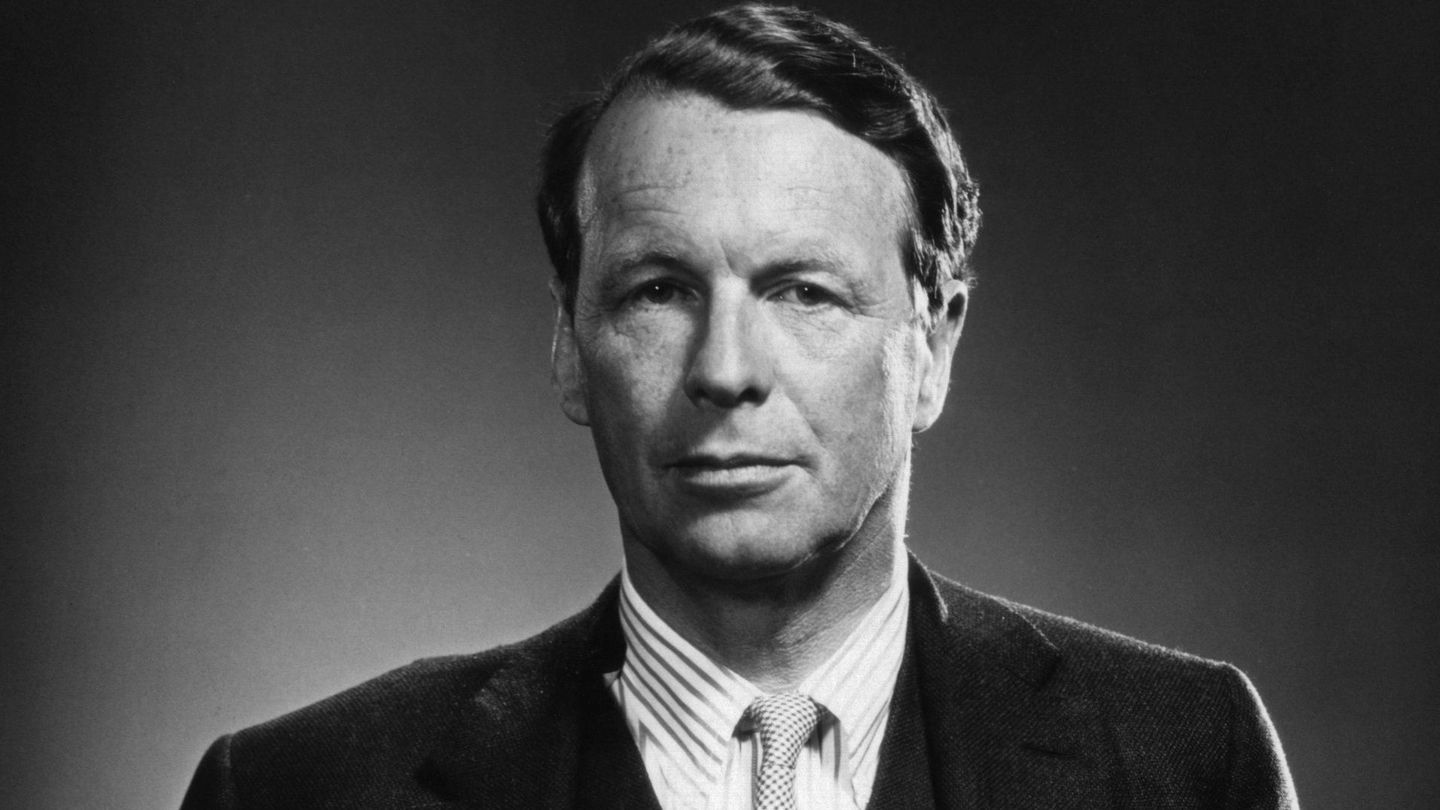

Words: Joseph Bullmore
“I hate rules” said David Ogilvy, with not a little irony. As the greatest ad man of all time and the godfather of modern marketing, Ogilvy has spawned not just hundreds of rules and recommendations, but an entire school of thought. And though the majority of his teachings applied to the mingled dark arts of copywriting, art direction and selling, they stand as pretty good lessons in the more pressing craft of gentlemanliness.
Because, if there’s one thing Ogilvy cared about more than anything else, it was style – on the billboard, in the typing pool, in the bottom corner of the poster, and in the boardroom. Here’s how the man embodied that unmistakable style and verve, both on the page and off it.
“If you can’t market yourself, how can you possibly market anything?” Ogilvy once said. And the great ad man certainly had a sense of personal brand. An Englishman through-and-through, the ad man played on his Home Counties heritage and Oxford education to great effect.
Though the fashion in 1950’s New York was for American sack suits, Ogilvy preferred slim-cut and elegant tailoring in traditional materials – ideally English wool or Scottish tweed. The look was complemented neatly by his iconic tobacco pipe and a crisp, well-starched white shirt, lending Ogilvy a distinct gravitas and decorum amongst the fairweather movers and shakers of Madison Avenue.
Ogilvy’s oft-repeated mantra for advertising copy was self-evident in his own lifestyle. The executive’s early CV was a globe-trotting and buccaneering romp – chef at the renowned Hotel Majestic in Paris, door-to-door AGA salesman in the Scottish Highlands, frontier farmer amongst the Amish of Pennsylvania and covert operations specialist at the mysterious Camp X in Ontario.
This varied career contributed greatly to the executive’s empathetic and potent selling patter, but it seeped into his own life and style as well. A late interview with AdWeek recalls how Ogilvy “gave red suspenders to the faceless man in the gray flannel suit”, and remembers the distinctive writing paper that would dot the walls and desks of Ogilvy & Mather employees: a white square embossed with a deep red “Note from D.O” at the top.
That penchant for the stylishly eccentric was evident in Ogilvy’s interior design and property, too. In 1965, the ad man bought the 15th-century Château de Touffou in France – a peach-coloured, imposing lakeside castle with 37 bedrooms and several grand towers, within which he cultivated secret garden rooms filled with honeysuckle, sweet peas and orange trees. The Ogilvy family own Touffou to this day, and it is still one of the most striking chateaux in the French countryside.
Ogilvy’s early business successes are full of valuable lessons. In 1949, with only $6,000 in the bank, Ogilvy convinced London agencies Mather & Crowther and S.H. Benson Ltd. to back him in the formation of a new kind of advertising shop. The man knew virtually nothing about marketing at this point and had certainly never written professionally.
Just a few months before, he had been an unsuccessful tobacco grower in an Amish community, complete with a long and straggly beard. But he had ambition. After receiving the financial backing of the London firms, Ogilvy made a list of the five clients he wanted most– General Foods, Bristol Myers, Campbell’s Soup, Lever Brothers and Shell. Eleven years later, he had them all.
Ogilvy’s quintessentially Englishness – down to his Jermyn street shirts and Northampton loafers – played entirely to his advantage in the early days. “As it turned out, it was much easier to get large American clients than small British ones … although I got a few like Rolls Royce,” he notes. He worked six days a week, 14 hours a day, and in a seven-year hot streak, Ogilvy & Mather won every account that it pitched for. (“The secret is to only pitch accounts you’re 90 percent sure of winning,” he confided many years later.) Most of the time his clients signed on within a few moments of his pitches starting. Sears, the huge department store, took a bit longer: seven minutes, to be precise.
Ogilvy’s most striking attribute was the empathy that he poured into his work. The executive put humour, intelligence and understanding at the heart of everything he did, creating the compassion of modern marketing as we know it, and consigning the brash and dismissive world of Madison Avenue to the history books.
“The consumer isn’t a moron; she is your wife.” he famously reminded his writers. “You insult her intelligence if you assume that a mere slogan and a few vapid adjectives will persuade her to buy anything. She wants all the information you can give her.” For all the red braces, sharp-lapelled suits and pensive pipes, the most enduring legacy of David Ogilvy’s unique style was the respect and wit with which he treated his customers.


